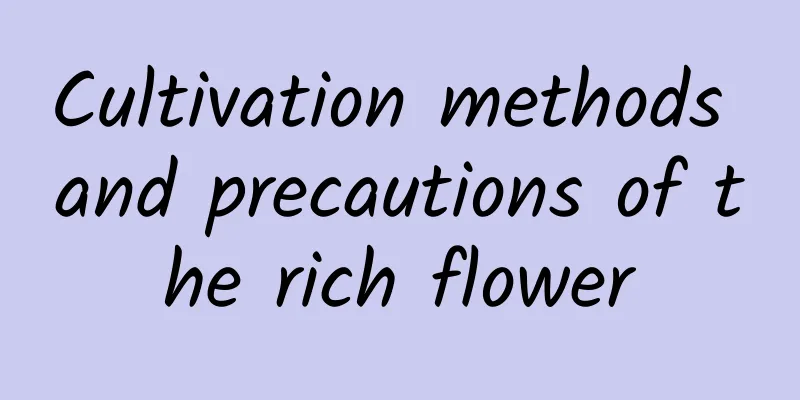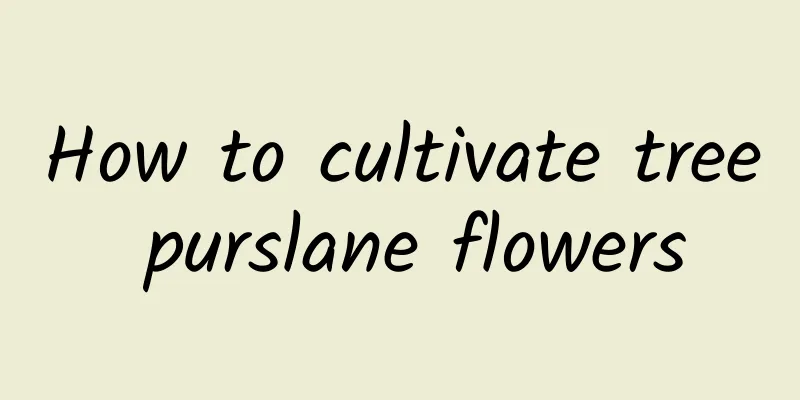Jasmine Flowering Period

Flowering periodJasmine has a long flowering period, starting from May or June to November every year, spanning the entire summer and autumn. If properly maintained and managed, jasmine can bloom three times a year, covering the entire flowering period. Each flower is generally open for 1-2 days and will soon be replaced by a new bud. The first bloom is usually in June, the second bloom is in early August, and the third is from September to early October. The first and second blooms are abundant and numerous, while the third blooms are few and small. Flowering period maintenance and managementprunePruning is essential for jasmine. When the flowers first bloom in June, they are small and few in number and need to be picked in time, otherwise it will affect the quantity and quality of the jasmine flowers later. At this time, the small flowers should be picked off together with the top branches and leaves to encourage new branches to sprout. FertilizationDuring the first blooming, fertilizer should be applied in small amounts and multiple times, once every two days in the evening, mainly with decomposed organic fertilizer; during the second blooming, calcium phosphate solution should be sprayed on the leaves of the plant to promote the jasmine to bloom larger and more beautiful flowers; during the third blooming, the weather turns cooler and fertilization should be stopped to avoid affecting the flowering period next year. How to Make Jasmine Bloom MoreBud pickingBefore jasmine sprouts in spring, last year's branches can be shortened appropriately, leaving 10-15 cm at the base. If the new branches grow vigorously, you should pinch off the top and buds when they are about 10 cm to promote the growth of secondary new shoots. This will make the jasmine bloom more and have a compact plant shape. In late May, cut off the first batch of flower buds from the third pair of leaves below. This way, multiple new branches can usually grow from the break, achieving the purpose of more flowering. Water and fertilizerKeeping the potting soil fertile is an important guarantee for jasmine to bloom more. Normally, you can water the soil with 1:10 alum fertilizer once a week to make the soil acidic. Jasmine can be fertilized with organic liquid fertilizer, and households can use kitchen scraps to ferment liquid fertilizer. For example, put fish viscera, rice washing water, bean cake, and black alum (ferrous sulfate) into a water tank and expose it to the sun for about 20 days before use. The fertilizer and water prepared in this way can not only meet the jasmine's needs for fertilizer and water, but also change the pH value of the soil. When applying fertilizer, the principle of "applying small amounts frequently" should be followed, that is, applying small amounts and multiple times. |
<<: How to water aloe vera plants
>>: What to do if jasmine leaves fall off
Recommend
How to make wine from blueberries
Select Materials Here we take 1kg of blueberries ...
Can cheeky plants be grown indoors?
one. Is it possible: Yes, you can. People usually...
Can purple bamboo plum be grown in water?
1. Prepare the container Get a container of suita...
How to spend the summer in Iron Armor
1. Cooling The armored ball does not like an envi...
How much water should be put in hydroponically growing a fortune tree?
1. How much water should be added 1. Before rooti...
What to do after the lotus seeds germinate
What should I do if the seeds germinate? It's...
Cultivation methods and precautions of grass jade dew
1. Soil When growing grass jade, be sure to use s...
Disease control of cyclamen
Botrytis cinerea 1. Use fungicides such as thiram...
Do orchids need to be watered during the acclimatization period? How to water them?
1. Do orchids need to be watered during the accli...
Does the bottle orchid prefer shade or sun?
Does the bottle orchid prefer shade or sun? Bottl...
Can bougainvillea be exposed to rain? Can bougainvillea be exposed to rain outside on rainy days?
There is a lot of rain in the summer, and differe...
What to do if Anthurium does not grow leaves
Why doesn't Anthurium grow leaves? The main r...
How to grow goldfish spider plant so that it blooms
1. Lighting The blooming period of the goldfish s...
How to prune Rieger Begonia after flowering
1. Prune the remaining flowers The flowering peri...
What should I do if the jade plant grows too tall? Can I cut the top off?
1. What should I do if the Jade Dew plant grows t...









